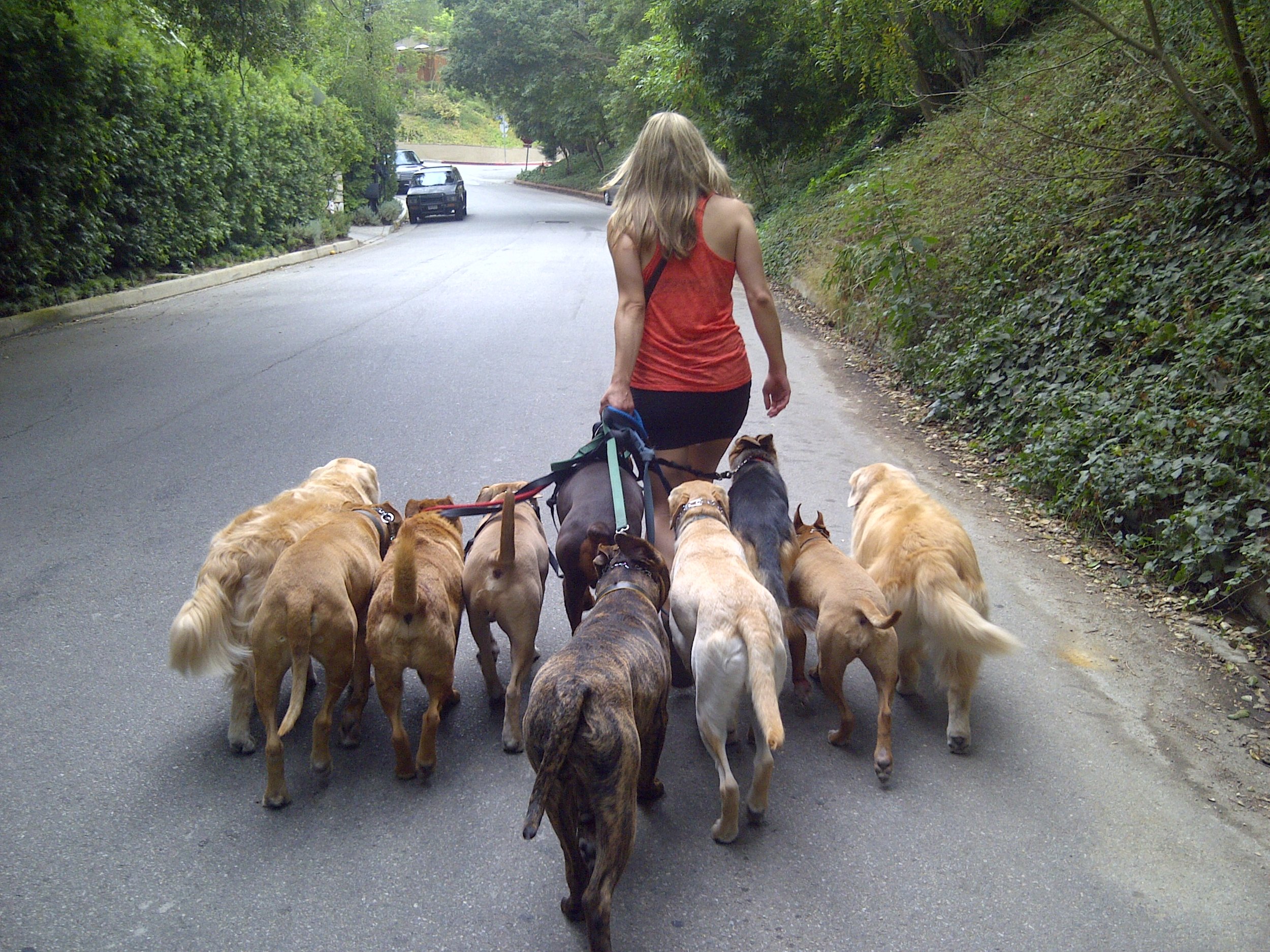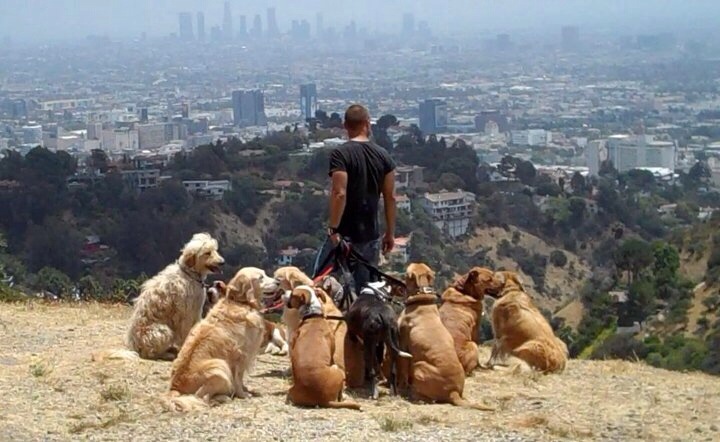 By Sean O'Shea from The Good Dog Training and RehabilitationWhile I'm a big proponent of using and leveraging the very best tools available for you and your dog to be successful, the reality is that the greatest tools in the world mean nothing if your head, heart, and energy aren't in the right place.The greatest tool you have at your disposal is always yourself. Your mind and your intention. If your emotions and outlook regarding your dog (and yourself) are out of balance, you will both likely struggle, regardless of what tools you use.If you have an out of balance dog and you're: still babying and spoiling because it feels good/fulfills your need to nurture, feeling guilty for working long hours so you only share freedom and affection when you get home, shunning structure, training and discipline because it feels yucky or un-enjoyable, being too soft with a firm dog because that's simply who you are, substituting dog relationships and connection for human relationships and connection, or using your dog to fill unattended to emotional voids and needs, you and your dog will likely still struggle.The way you feel about yourself and the world, and the way you think about your dog and his training and lifestyle is what fuels the tools and your training strategy to either be powerful and transformative, or to be superficial, unconvincing, and powerless.Whether you're aware of it or not, your human animal is having a constant, 24/7 conversation with your canine animal about who you are and what role you wish to play in his life. You cannot tell your dog 23 hours of the day that he's your little cuddle bug and that you're his doting mommy or daddy and then on your walks where he misbehaves and acts likes a monster try to tell him you are the big pack leader. :) That ones not going to work. We have to give our dogs more credit than that.Every moment is valuable. You build credit towards good behavior by creating believable leadership long before you're going to need it when the chips are down. If you want to turn behavior issues around and get your dog into an awesome space state of mind wise, you have to cultivate a believable energy, and a believable presence your dog is able to buy into and follow as an ongoing lifestyle - not just in the moments you need it or that are convenient.These awesome creatures have a special knack for highlighting and exposing our personal gaps, camouflaged shortcomings, and internal struggles. How awesome is that? You live with your very own personal therapist. :) That's the awesome challenge and opportunity of dogs: you can't fool them with tools or a momentary decision of commitment or fortitude, no, they're looking and waiting for the real stuff. Your best stuff. If you want them to change they're ready for it - just as soon as you are ready to change yourself.So remember, the tools are important, no doubt, but it's your presence, your intention, your emotional balance, your energy, your decision to treat and view your dog like a dog, your force of will and desire and determination, and the constant conversation that your human animal is having with your canine animal that fuels and empowers the tools and the training strategy to actually create the possibility for transformation and change.____CONNECT WITH US ON Facebook, Twitter, Instagram, YouTube for more training insights, tips, our free weekly Q&A Saturday, and community interaction!Our groundbreaking do-it-yourself E-Collar training video/PDF training guide Learn to Train The Good Dog Way: E-Collar Training is now available for order! Click HERE to order your copy!
By Sean O'Shea from The Good Dog Training and RehabilitationWhile I'm a big proponent of using and leveraging the very best tools available for you and your dog to be successful, the reality is that the greatest tools in the world mean nothing if your head, heart, and energy aren't in the right place.The greatest tool you have at your disposal is always yourself. Your mind and your intention. If your emotions and outlook regarding your dog (and yourself) are out of balance, you will both likely struggle, regardless of what tools you use.If you have an out of balance dog and you're: still babying and spoiling because it feels good/fulfills your need to nurture, feeling guilty for working long hours so you only share freedom and affection when you get home, shunning structure, training and discipline because it feels yucky or un-enjoyable, being too soft with a firm dog because that's simply who you are, substituting dog relationships and connection for human relationships and connection, or using your dog to fill unattended to emotional voids and needs, you and your dog will likely still struggle.The way you feel about yourself and the world, and the way you think about your dog and his training and lifestyle is what fuels the tools and your training strategy to either be powerful and transformative, or to be superficial, unconvincing, and powerless.Whether you're aware of it or not, your human animal is having a constant, 24/7 conversation with your canine animal about who you are and what role you wish to play in his life. You cannot tell your dog 23 hours of the day that he's your little cuddle bug and that you're his doting mommy or daddy and then on your walks where he misbehaves and acts likes a monster try to tell him you are the big pack leader. :) That ones not going to work. We have to give our dogs more credit than that.Every moment is valuable. You build credit towards good behavior by creating believable leadership long before you're going to need it when the chips are down. If you want to turn behavior issues around and get your dog into an awesome space state of mind wise, you have to cultivate a believable energy, and a believable presence your dog is able to buy into and follow as an ongoing lifestyle - not just in the moments you need it or that are convenient.These awesome creatures have a special knack for highlighting and exposing our personal gaps, camouflaged shortcomings, and internal struggles. How awesome is that? You live with your very own personal therapist. :) That's the awesome challenge and opportunity of dogs: you can't fool them with tools or a momentary decision of commitment or fortitude, no, they're looking and waiting for the real stuff. Your best stuff. If you want them to change they're ready for it - just as soon as you are ready to change yourself.So remember, the tools are important, no doubt, but it's your presence, your intention, your emotional balance, your energy, your decision to treat and view your dog like a dog, your force of will and desire and determination, and the constant conversation that your human animal is having with your canine animal that fuels and empowers the tools and the training strategy to actually create the possibility for transformation and change.____CONNECT WITH US ON Facebook, Twitter, Instagram, YouTube for more training insights, tips, our free weekly Q&A Saturday, and community interaction!Our groundbreaking do-it-yourself E-Collar training video/PDF training guide Learn to Train The Good Dog Way: E-Collar Training is now available for order! Click HERE to order your copy!
CLICK THE PICTURE BELOW TO WATCH THE DVD TEASER!

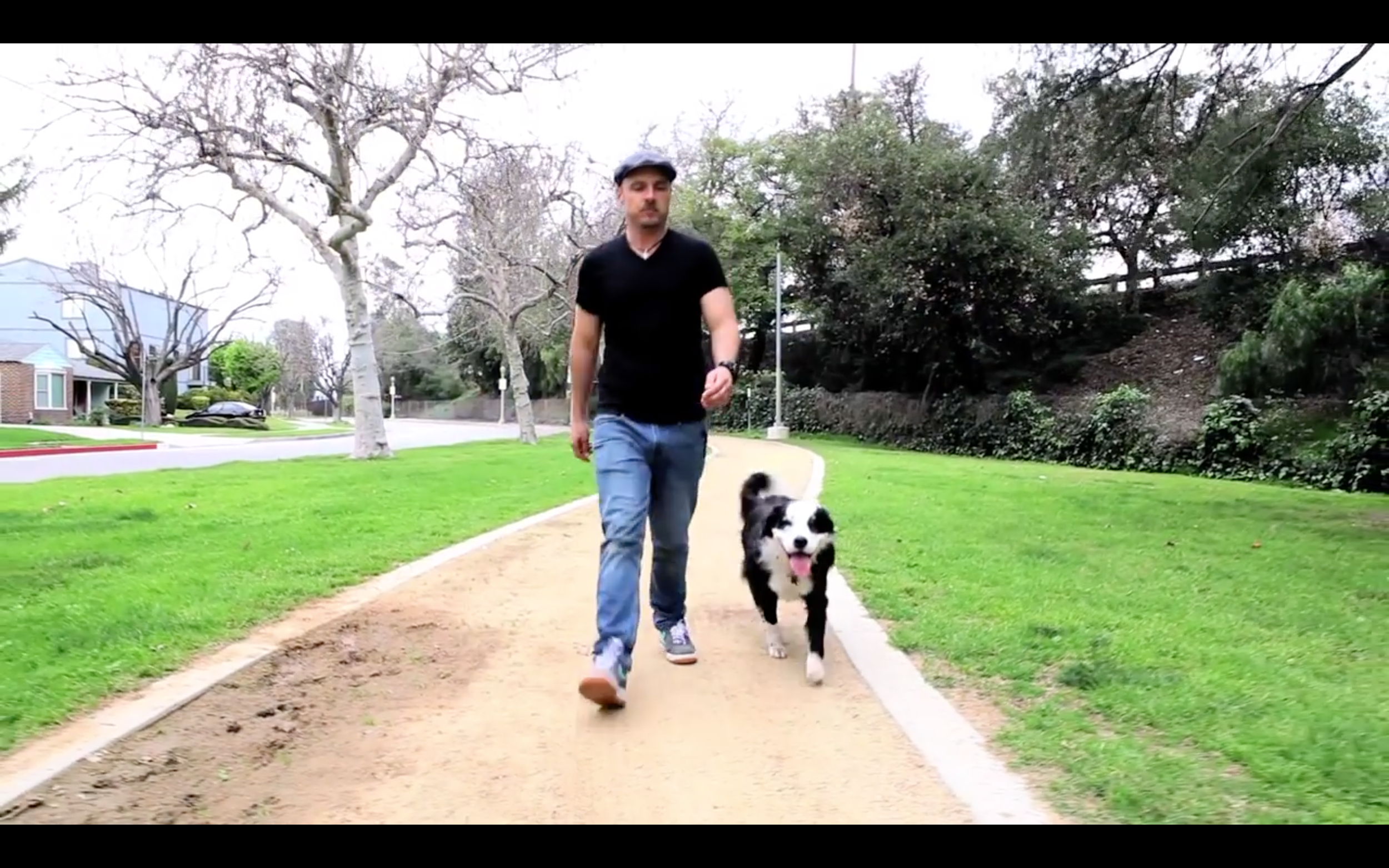
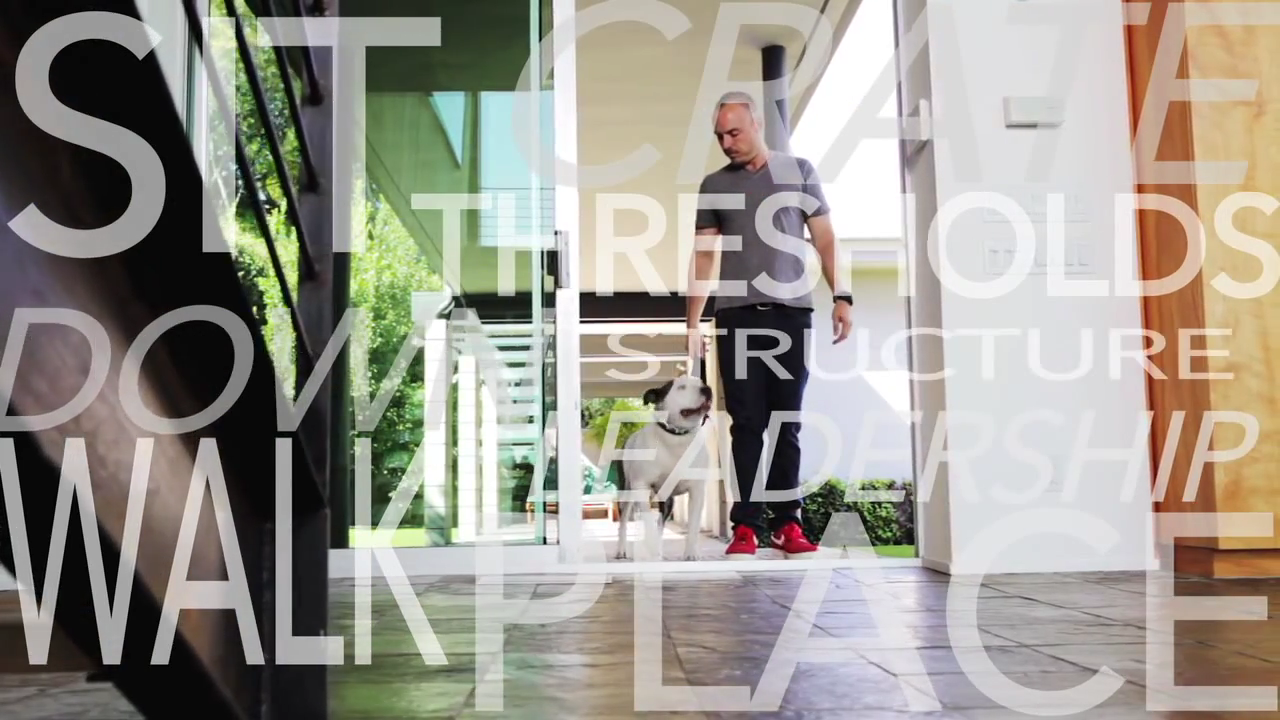
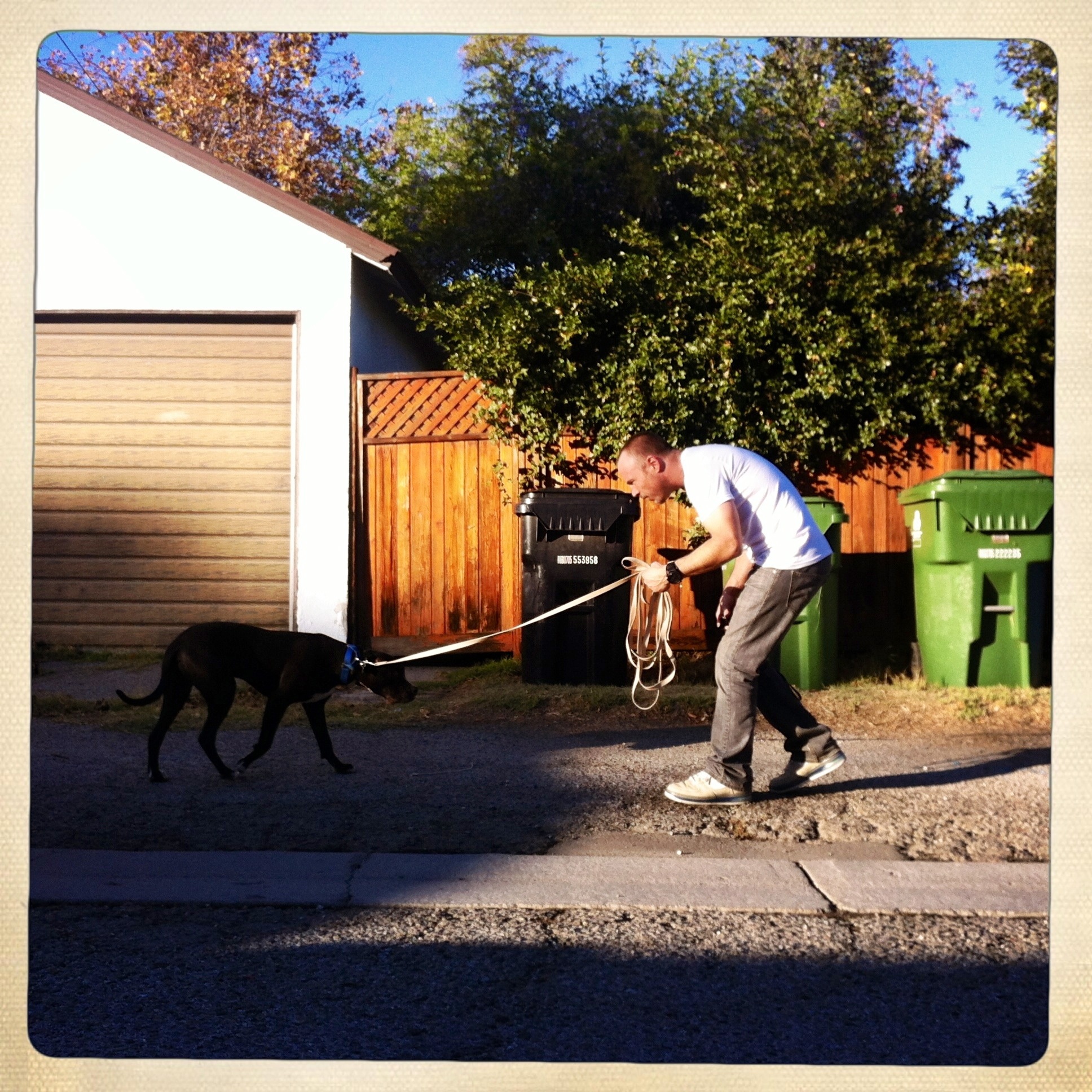
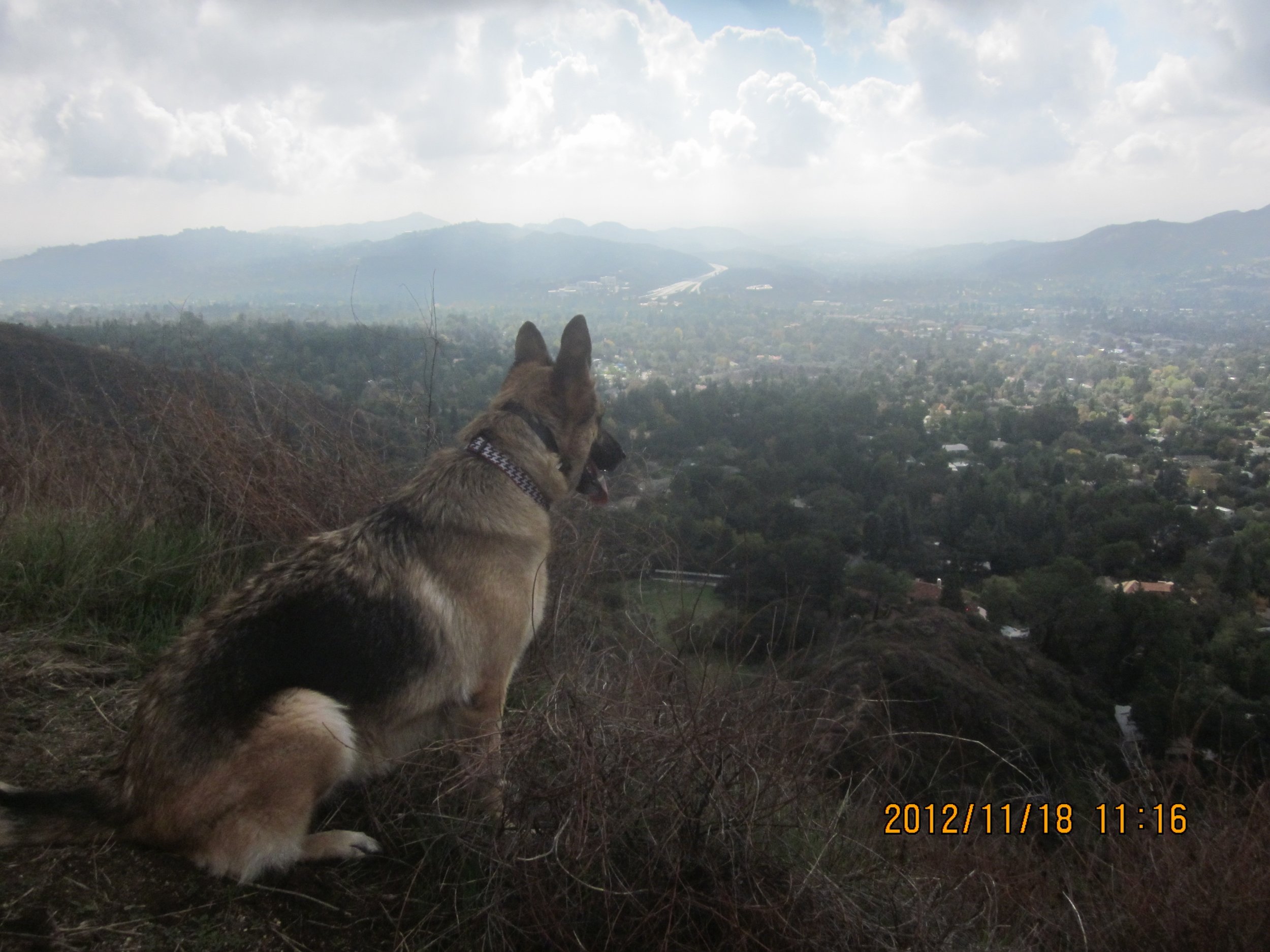
 By Sean O'Shea from the
By Sean O'Shea from the 